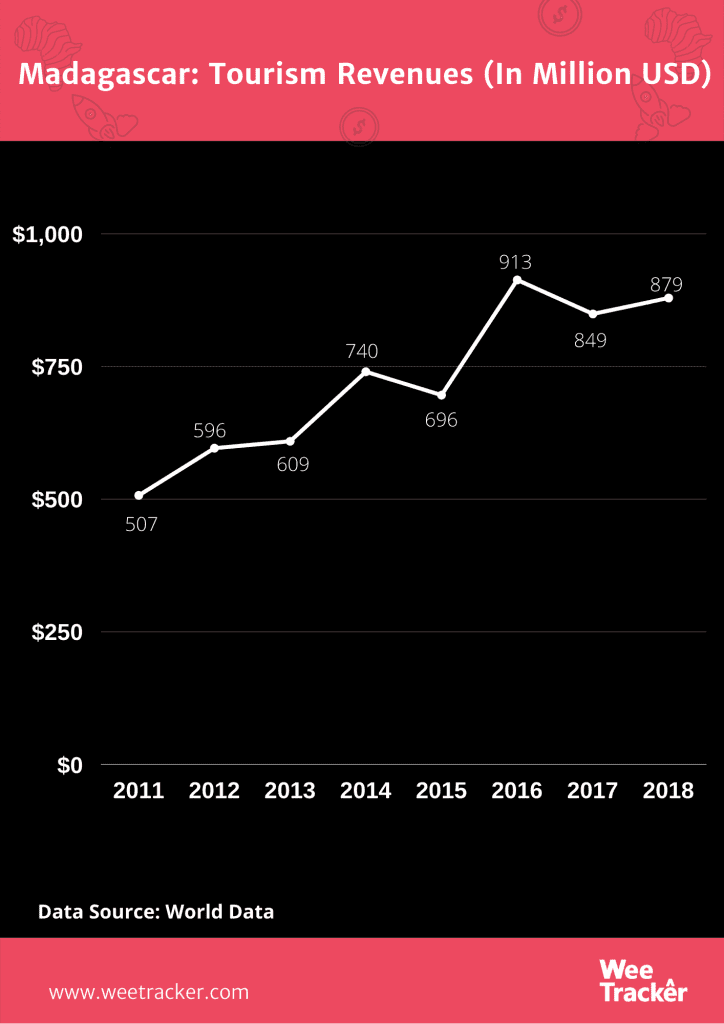Covid-19 Made Madagascar’s Fire Season Come Earlier & Fiercer

Forest fires in Madagascar are as frequent and well-known as its supposedly hotter counter in the Amazon. But due to the pandemic, the small island nation is experiencing earlier-than-usual blazing destructions that threaten wildlife and chars Malagasy livelihoods.
How Does Covid Bring Fire?
It doesn’t, not directly. Forest fires in the East African nation have become a seasonal expectation. And when an outbreak—one that is caused by indiscriminate bush burning—does not come as a surprise, wildlife and tourism sectors are often well-prepared to combat the upsurge. Between August and September 2019, fires razed over 1,3000 hectares of land in the Ankarafantsika National Park, a stretch that is about 4 times the size of New York’s Central Park.
Some of the fires in the tsingy topography in the western part of the country are usually started to clear out cropland and make room for fresh pasture. Often, this starts in June, reaches its climax in October, and subsides once the rainy season starts. This year, however, does not conform to expectations or predictions, as the fires started earlier and have proven more intense.
The present state of Malagasy forests is a ripple effect of the coronavirus pandemic. Areas that often under protection are now unchecked and exposed to the outbreak, thanks to coronavirus lockdowns and resultant movement restrictions. According to data from researchers at the Digital Geography Lab of the University of Helsinki, there was an increase of 81 percent of fire incidents inside protected areas between March 1st and May 17th this year.
Of the 113 areas examined with NASA satellite, 29 showed increased fire activity compared to 2018. 9 of the areas were impacted profoundly, including the Tsingy de Bemaraha, a popular national park located in Melaky Region, northwest Madagascar. Appearingly, these figures are similar to those from Madagascar’s ministry of environment, which counted 52,000 nationwide fires from January to June beginning.
The Tourism Effect
Needless to say, Covid-19 has brought about what could be the longest ever break from tourism, not just in Africa but also around the world. The Malagasy areas, which were once under protection, now stand the risk of losing its value. As such, the influx of tourists to the world’s second-largest island nation may be affected. The immediate impacts of the travel embargo are felt across different tourism sectors. Worse could be when there’s hardly anything to return to when all’s charred.
It is already fairly common knowledge that the pandemic is bad news for Malagasy tourism. The Indian Ocean island had a total of 291,000 tourists in 2018, ranking 156th in the world in absolute terms. In the same year, the country generated USD 879 Mn from tourism, accounting for 6.3 percent of its Gross National Product (GNP). Comparingly, the nation generated USD 849 Mn from the sector in 2018.

Conservation is currently underfunded, a process which that is supposed to lean heavily on foreign financing and is the foundation for most tourist visits. Madagascar is a hotspot of biodiversity. It relies a lot on foreign funds to set up programs that ensure the continued existence of its unique range of wildlife and lush vegetation. But now, much of every government’s finances are aimed at investing in healthcare to cushion the effects of the pandemic.
For the possible loss, Mamy Rakotoarijaona, director-general of MNP, said that it estimates at USD 2.5 Mn, which is about 2 percent of Madagascar’s total tourism earnings in 1996. More so, France and Germany—the major financial pillars of the country’s protected areas—are among the European nations most affected by the virus outbreak.
Plunder, Pillage, Poverty
Some of the lands being set ablaze are later used as maize plantations. It is believed that some businesspersons who have connections with local politicians pay about USD 13.40 (50 K Malagasy Ariary (Ar)) to have hectares of forests cleared. The labor is tedious, but finding workers in a nation where 90 percent of people survive on less than USD 2 per day is even easier than expected.
According to the IMF, Madagascar frequents the ranking of the 10 poorest countries around the globe. Last year (2019), over 375,000 tourists visited the country, generating revenue that’s only about USD 100 Mn less than USD 1 Bn. According to the World Bank, 75 percent of the nation’s 25 million citizens live on less than USD 1.90 a day. Madagascar is also severely affected by climate change impacts and experiences an average of 3 cyclones per year.
Little means of livelihood compounded with the adverse economic effects of the Covid-19 pandemic logically makes things worse. As such, the plundering of protected areas for anything that can fetch daily sustenance has increased. Madagascar’s protected areas were shut down when it recorded its first couple of coronavirus cases, leaving the places unmanned, without constant patrol and vulnerable to poachers. At press time, the country has 1,829 cases, including 16 fatalities.
Talking to Mongabay, Madagascar’s environment minister, Baomiavotse Vahinala Raharinirina, said that corruption cases tend to increase during and beyond periods of administrative slowdowns. “Illegal forest products could invade markets, to the benefit of criminals, and the detriment of local communities, protected areas, and biodiversity. Besides, the urban out-migration and relevant family needs could harm the sustainability of medicinal plant stocks,” he said.